An Easy Guide to Growing Poppies: Varieties and Care
Poppies, with their vibrant and delicate blooms, are a favorite among gardeners and flower enthusiasts.
From the classic red of the common Shirley poppy to the sophisticated Oriental varieties, poppy flowers bring a splash of color and life to any garden during the growing season.
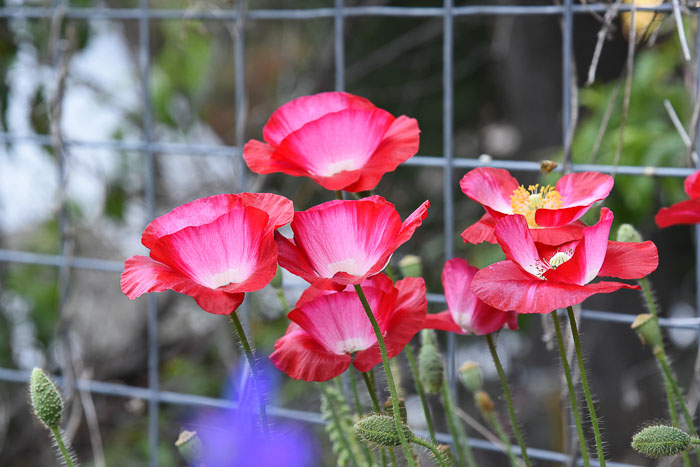
This post contains affiliate links. If you make a purchase after clicking a link I may make a small commission at no cost to you.
This post will delve into the various types of poppies and offer tips on how to grow them successfully.
Types of Poppies
Papaver Somniferum (Opium Poppy):
Opium poppies are known for their large, showy flowers in shades of white, pink, and purple. Some more popular ones are Lauren’s Grape and the Himalayan Bread Seed Poppy.
What is wonderful is you can grow these from seed and many times they will reseed themselves to return each year! The seed pods are great for cut flower bouquets adding a touch of drama.
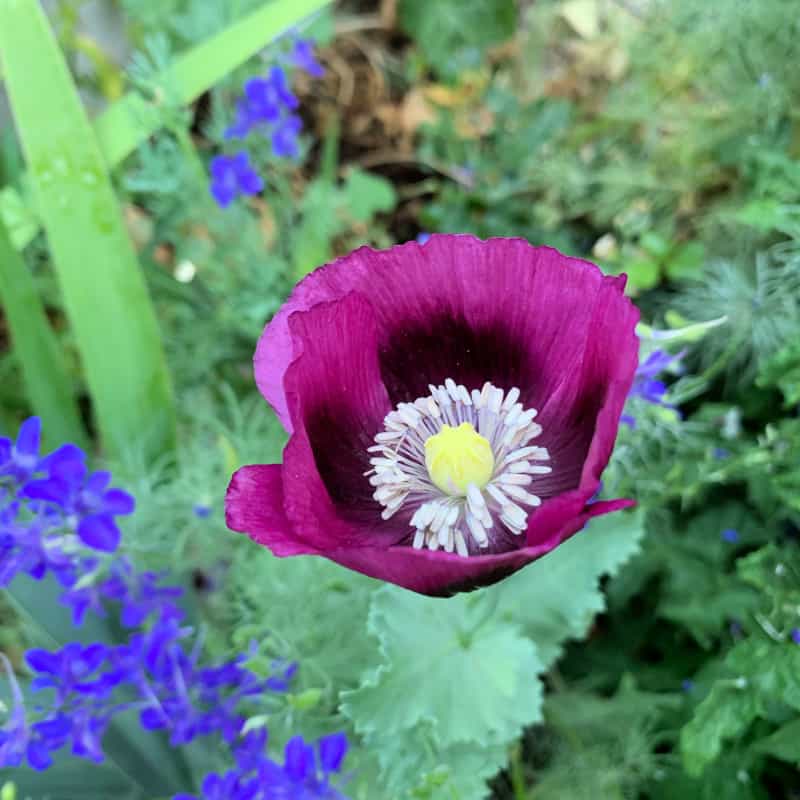
In my area, these begin to open up in early summer.
Papaver Rhoeas (Common Poppy or Corn Poppy):
This variety is famous for its bright red flowers with a black center. It’s a symbol of remembrance and is often associated with World War I memorials. Some call this the Flanders Field poppy.
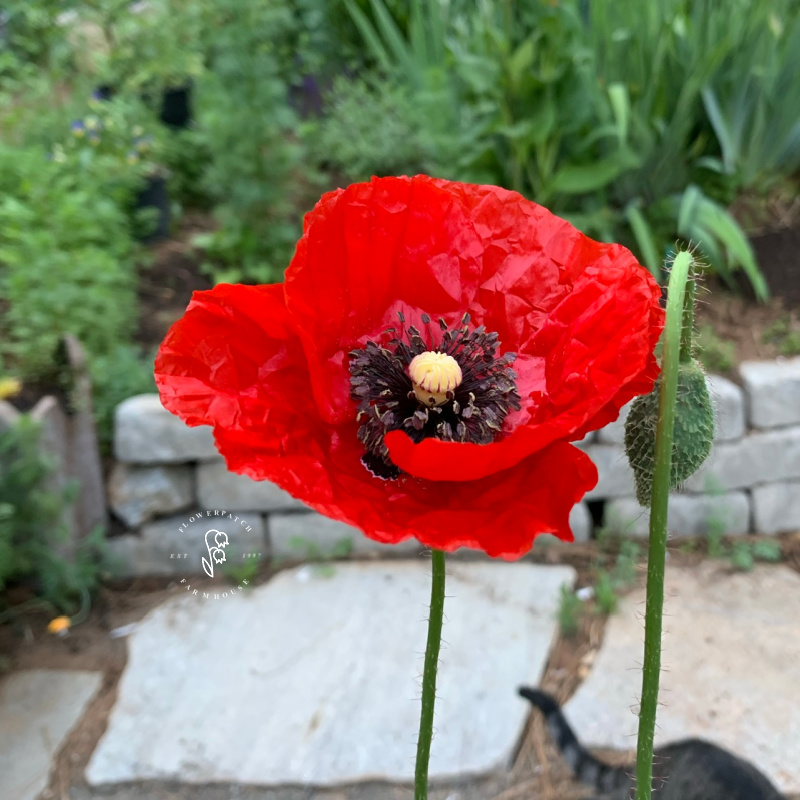
Shirley poppies also come in a variety of colors: See more here at Renee’s Garden Seeds.
In late spring to late summer, Shirley poppies readily reseed in the most inhospitable places in my garden and I get poppy seedlings coming up everywhere the following year. I love volunteers!
Papaver Orientale (Oriental Poppy):
Oriental poppies are known for their large, brightly colored flowers, usually in shades of red, orange, or pink. They have a lush, bushy foliage that dies back after flowering.
They are perennial poppies and will return year after year. Be aware that gophers love these and will decimate your plants if not protected.
I have found planting them in raised beds with protection added beneath works well, or planting in pots into the ground, or using gopher cages like these is also effective.
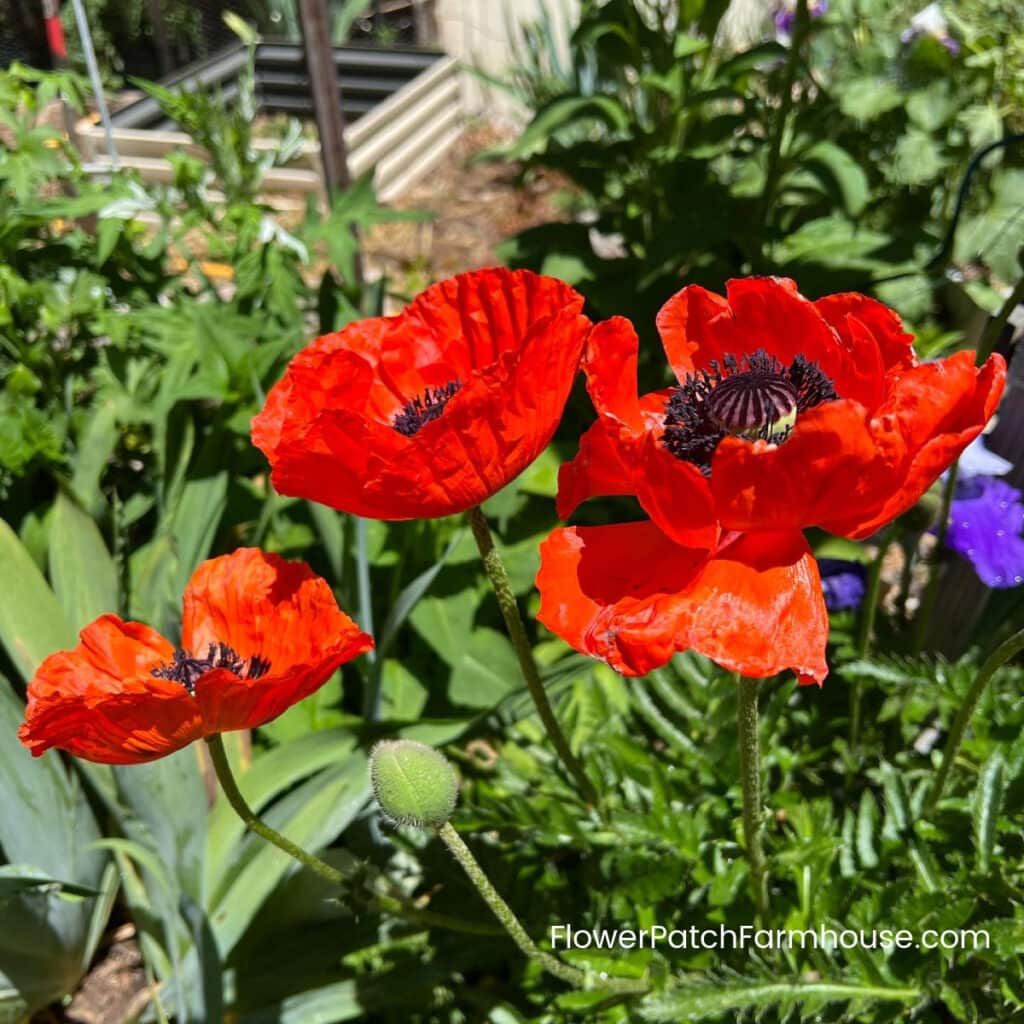
It’s amazing how such a lush big plant can come from tiny seeds! Be sure to collect seed heads to start more.
Eschscholzia Californica (California Poppy):
As the state flower of California, this poppy is renowned for its vibrant orange color. It’s a short-lived perennial that thrives in dry, arid conditions. (most grow them as annual poppies)
Mine reseed themselves to the point of becoming weedy but that is okay with me, I merely edit out what I don’t want and let the rest shine bright in the garden.
They can fill the garden with color when not much else is blooming yet.
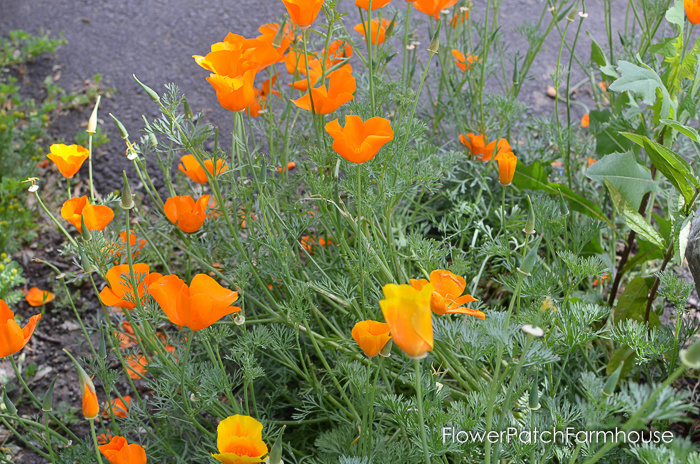
But, they also come in a glorious array of colors that may surprise you!
Meconopsis (Himalayan Blue Poppy):
Famous for its striking blue flowers, the Himalayan Blue Poppy is a stunning addition to any garden. This color of blue is hard to find in the flower world.
However, it’s a bit more challenging to grow compared to other varieties. Though I think it is worth a shot.
Papaver Nudicaule (Iceland Poppy):
These poppies are known for their delicate, pastel-colored flowers. They prefer cooler climates and can be grown as biennials in colder regions.
I bought starts in early Spring and had them do wonderful and they were blooming when nothing else was. But a warning, the deer love them and ate mine to a nub.
Growing Tips
Soil and Location: Poppies thrive in well-drained soil and most prefer full sun. They are not very demanding but avoid waterlogged conditions. Good drainage is key.
Mine that reseeded themselves came up and thrived in the dry gritty area next to the road.
Sowing Seeds: Most poppies are best sown directly into the ground where they are to flower. They do not like being transplanted.
Sow seeds in your garden bed in early spring or fall. Despite not liking root disturbance I have moved them successfully.
Mine readily reseed in the fall and the next year I have masses growing.
You can also toss the seeds on top of the snow or soil in January. The precipitation will drive the seeds into the soil which will germinate in Spring.
Watering: Water them regularly, but be careful not to overwater. Poppies are relatively drought-tolerant once established.
Feeding: If you have been feeding your soil you will most likely not need to fertilize your poppies.
Poor soil is best amended with compost, mulches, and well-decomposed manure.
If you must use a fertilizer I would use one that is readily available to your plants such as this pre-digested organic feed: Agrothrive.
Or this one made from recycled food waste: Eco Organic Plant Nutrition
use compost
Regenerate Your Soil
If you’re new to gardening, you might think that the key to a thriving garden is to fertilize, fertilize, fertilize. Just stop, Regenerate the Soil instead!
Pruning and Deadheading: Remove faded flowers to encourage more blooms. After flowering, cut back the plants to keep them tidy.
Some poppies will rebloom more than others.
Pest Control: Poppies are relatively disease-free and I have not seen any fungal diseases bother mine, but keep an eye out for common garden pests.

Growing poppies is a rewarding experience for any gardener. With their wide range of colors and forms, poppies can add beauty and charm to your garden.
Whether you choose the bold Oriental poppy or the delicate Iceland poppy, these flowers will be a stunning addition to your outdoor space.
Keep in mind that each variety has its own specific needs, so research and care are key to successful poppy cultivation.
Enjoy the vibrant beauty of poppies in your garden!
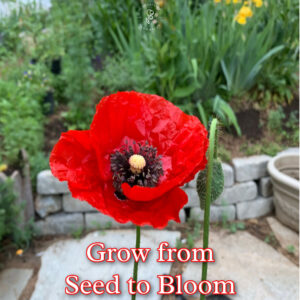
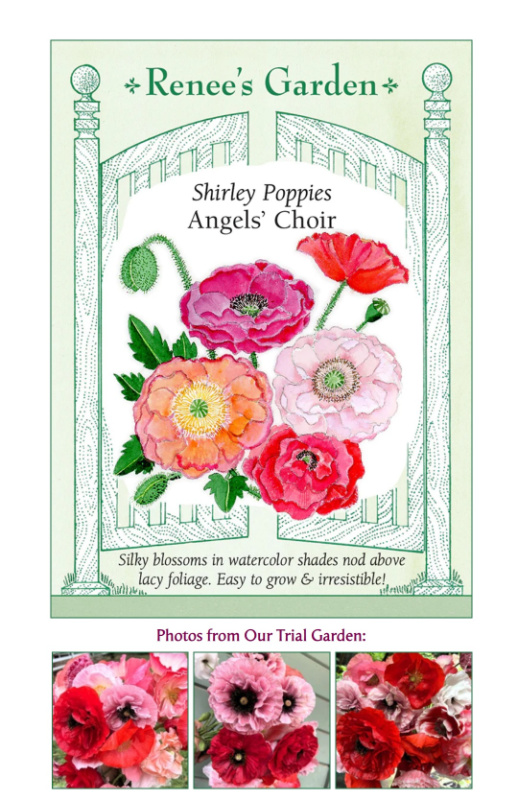
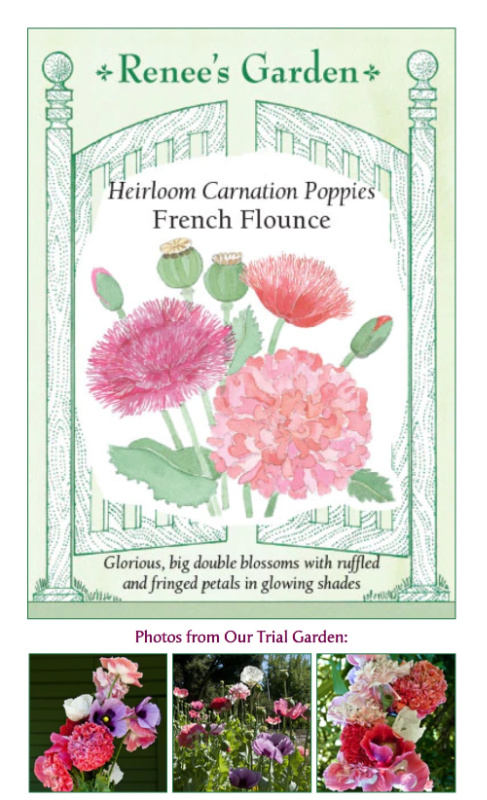
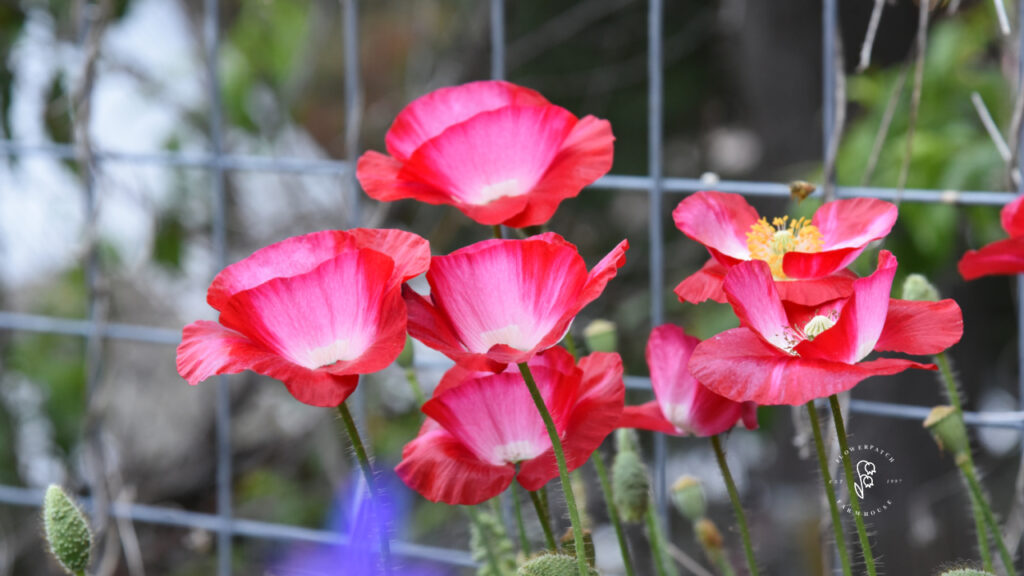
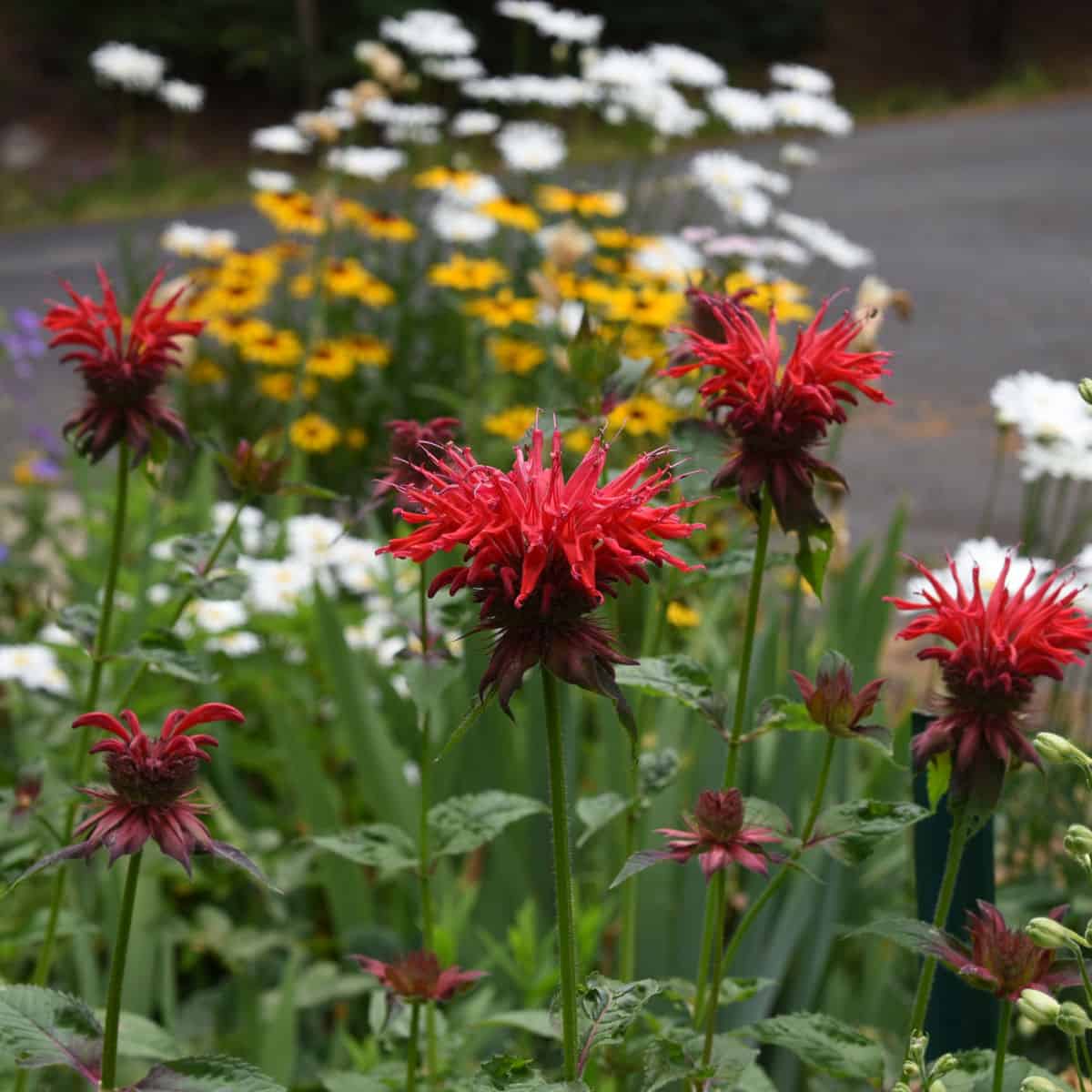
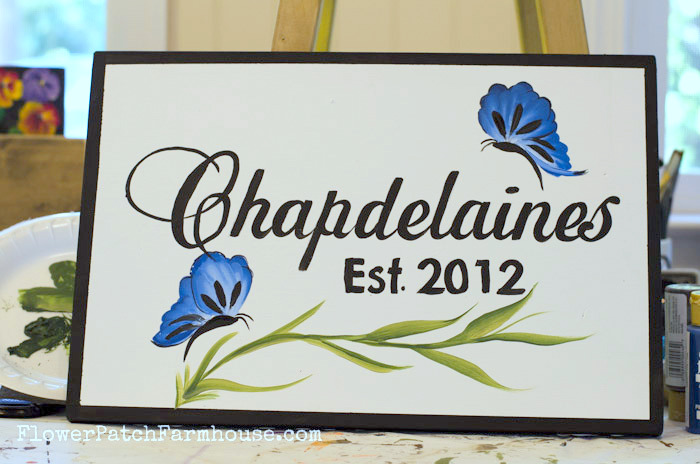
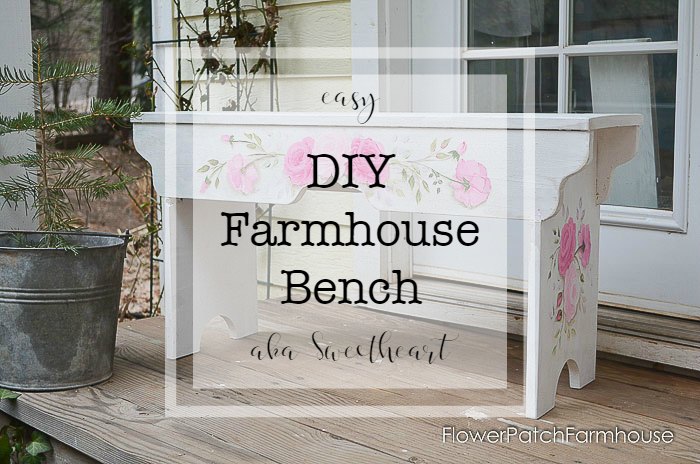
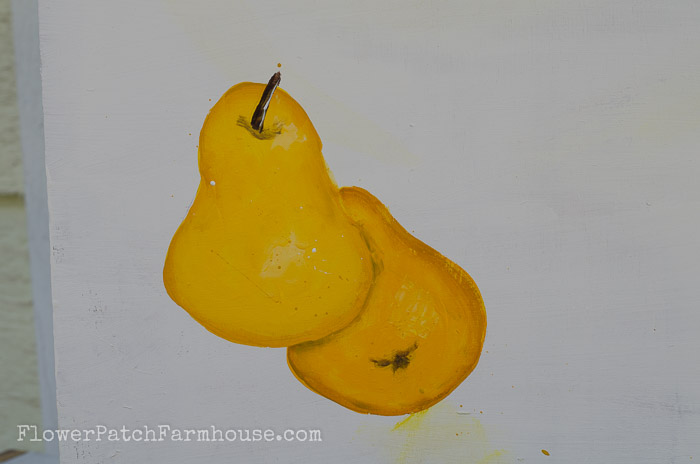

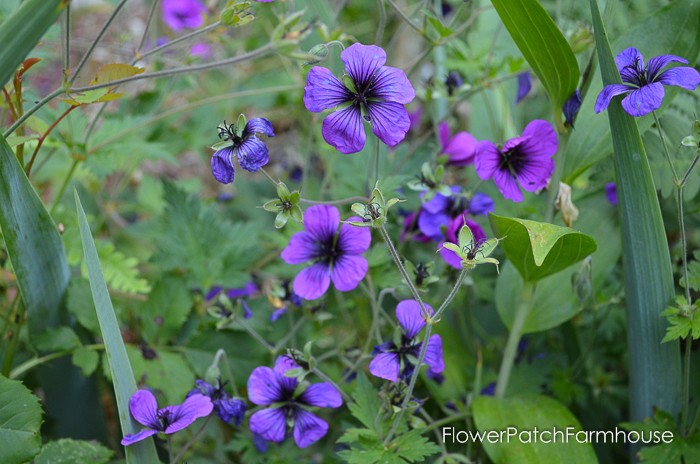
Thank you for the detailed information. I was trying to wrap my head around all the seeds I have. Happy Gardening…. Leigh